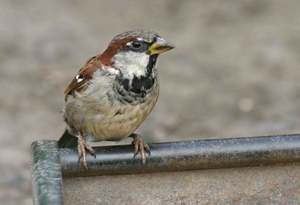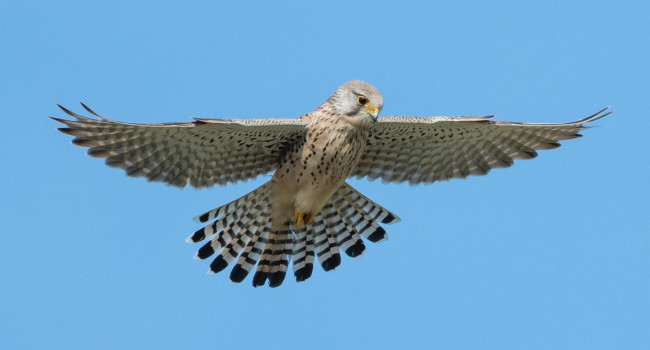House Sparrow Research
House Sparrow populations have declined by nearly 71% since 1977. Although the reasons for the decline of House Sparrows in farmland habitats are well-understood, we still need to find out more about what has been happening to them in urban and suburban habitats.
Background:
The BTO launched a detailed study into urban and suburban populations of House Sparrows in 2002, something made possible because of the generosity of those people contributing to the BTO House Sparrow Appeal. During 2003 and 2004, we carried out an extensive field survey, building upon previous work and examining the relationship between House Sparrow numbers of local habitat factors.
Possible reasons for House Sparrow decline
There are a number of possible reasons for the decline seen in House Sparrow populations within urbanized landscapes. These include:
- Reduction in the availability of favoured food, either for adults or chicks or both.
- Increased levels of pollution.
- Loss of suitable nesting sites.
- Increased prevalence of disease.
- Increased levels of predation.
The BTO work:
The work we carried out through the BTO House Sparrow Survey looked primarily at the question of habitat use, something that may reveal the role of food availability, predation and nesting opportunities. This field-based study was preceded by a questionnaire survey to highlight some of the other factors that might be worth more detailed study. Find out more about the questionnaire study and the results it produced >>>.
The main thrust of the research was a survey of House Sparrow numbers and distribution in urban habitats, using a series of 1,500 survey squares visited by BTO volunteers. Find out more about this study and what we found >>>.
We also used other BTO data sets to examine the role of predation and changes in numbers over time. The work is ongoing.







Share this page